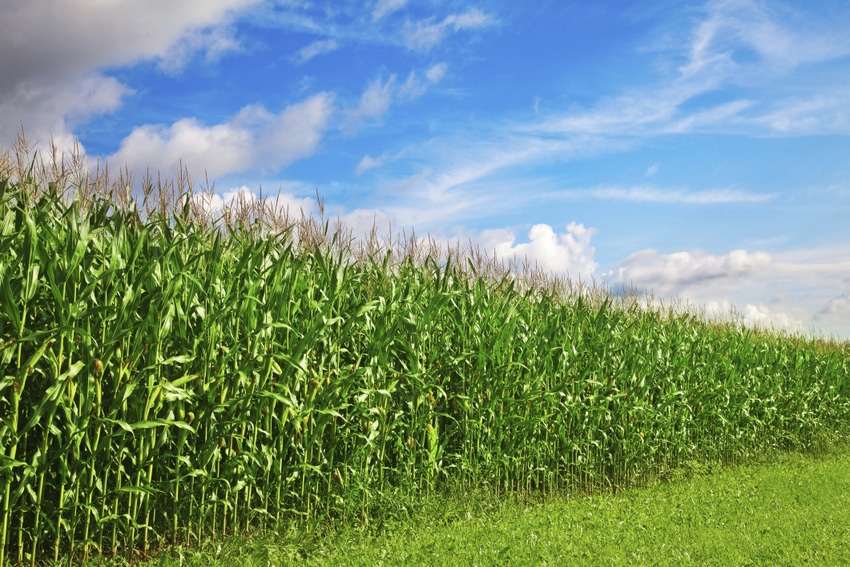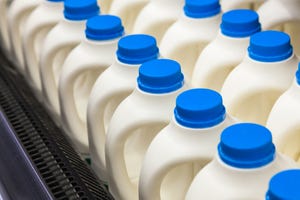Findings could help scientists further boost yields of corn and miscanthus as well as other C4 crops such as sorghum and sugarcane.
January 26, 2017

Scientists assumed that leaves at the top of a plant would be the best at turning higher levels of light into carbohydrates — through the process of photosynthesis — and that the lower, shaded leaves would be better at processing the low levels of light that penetrate the plant’s canopy of leaves. However, according to research conducted at the University of Illinois, in two of the most productive crops, these shaded leaves are less efficient than the top leaves, which limits yield.
These findings, published in the Journal of Experimental Botany, could help scientists further boost the yields of corn and miscanthus as well as other C4 crops that have evolved to photosynthesize more efficiently than C3 plants, such as wheat and rice.
“The wild ancestors of C4 crops are thought to have grown as individuals in open habitats, where the number of leaves they produced would have been limited by water and nitrogen, and most leaves would be exposed to full sunlight,” said principal investigator Steve Long, the Gutgsell endowed professor of plant biology and crop sciences at the University of Illinois.
“Today, we grow these crops in ever-denser stands and provide them with nitrogen and water so they can produce many more layers of leaves. As a result, the proportion of leaves that are shaded has increased, and the production of grain will depend more and more on the contribution of this increasing proportion of shaded leaves," Long said. "So, how do the Maseratis of photosynthesis — C4 crops — do when they are on a meager fuel ration in the shade?”
Not well, according to this paper: When top and bottom leaves are placed in the same low light, the lower canopy leaves showed lower rates of photosynthesis. Shaded corn leaves are 15% less efficient than top leaves; even worse, lower leaves are 30% less efficient than the top leaves of miscanthus, a perennial bioenergy crop that is 60% more productive than corn in Illinois.
Considering the crop as a whole, this loss of efficiency in lower leaves may cost farmers about 10% of potential yield — a cost that will increase as planting density increases. This "Achilles’ heel" likely applies to other C4 relatives, such as sugarcane and sorghum.
“What’s interesting is that we saw this loss in efficiency in the lower canopy was not due to the leaf senescing and dying off; we would have expected that,” said first author Charles Pignon, a doctoral candidate in department of crop sciences in the University of Illinois' College of Agricultural, Consumer & Environmental Sciences and at the Carl R. Woese Institute for Genomic Biology. “The leaves were still perfectly healthy when we were looking at them; they were even darker. In the study, we show through experiments that this was not caused by age.
“Next, it will be important to find out why this loss in efficiency occurs and if there’s any way we can fix it, because overcoming this and gaining a 10% increase in production would be very significant,” Pignon said.
You May Also Like



